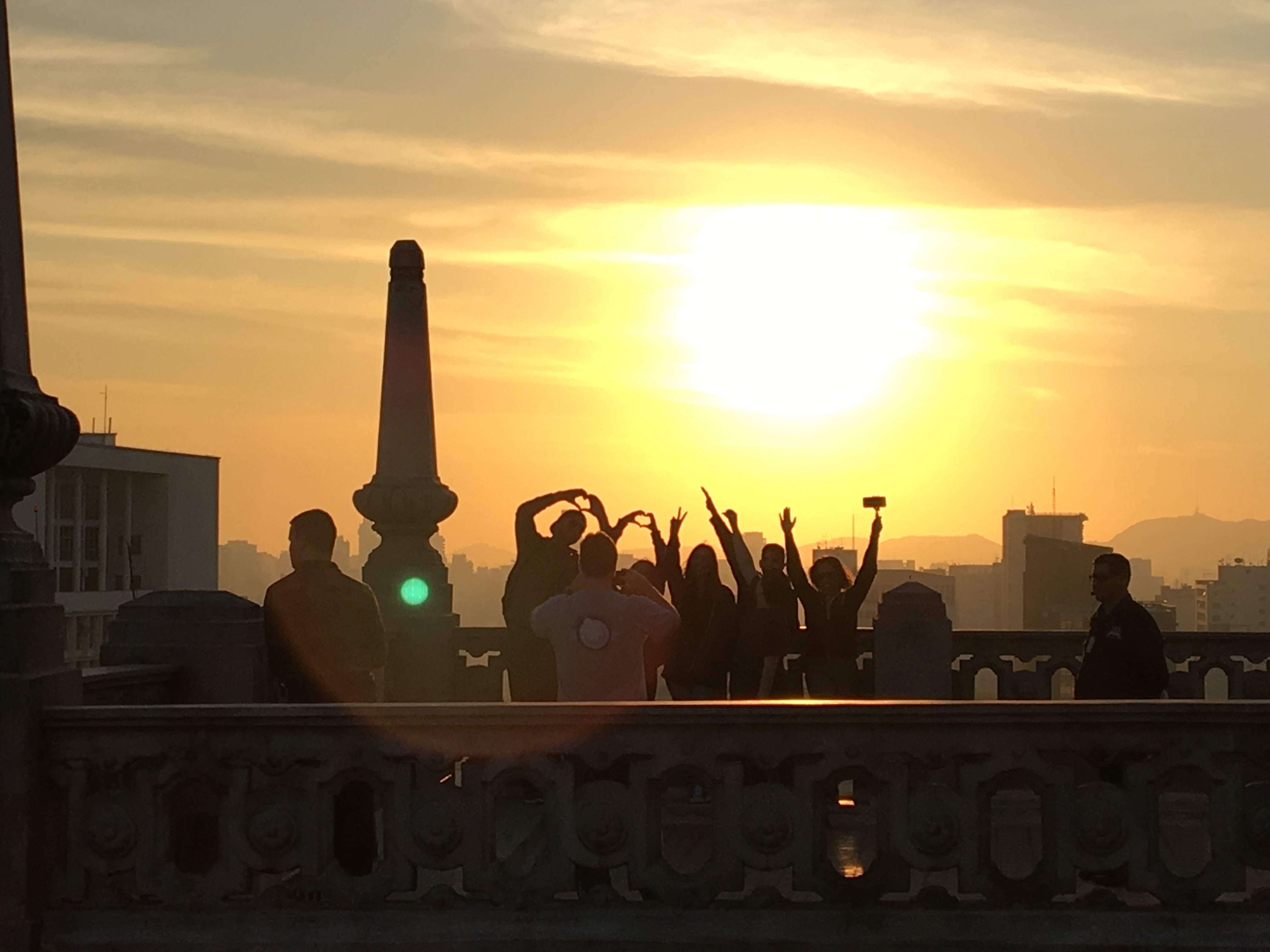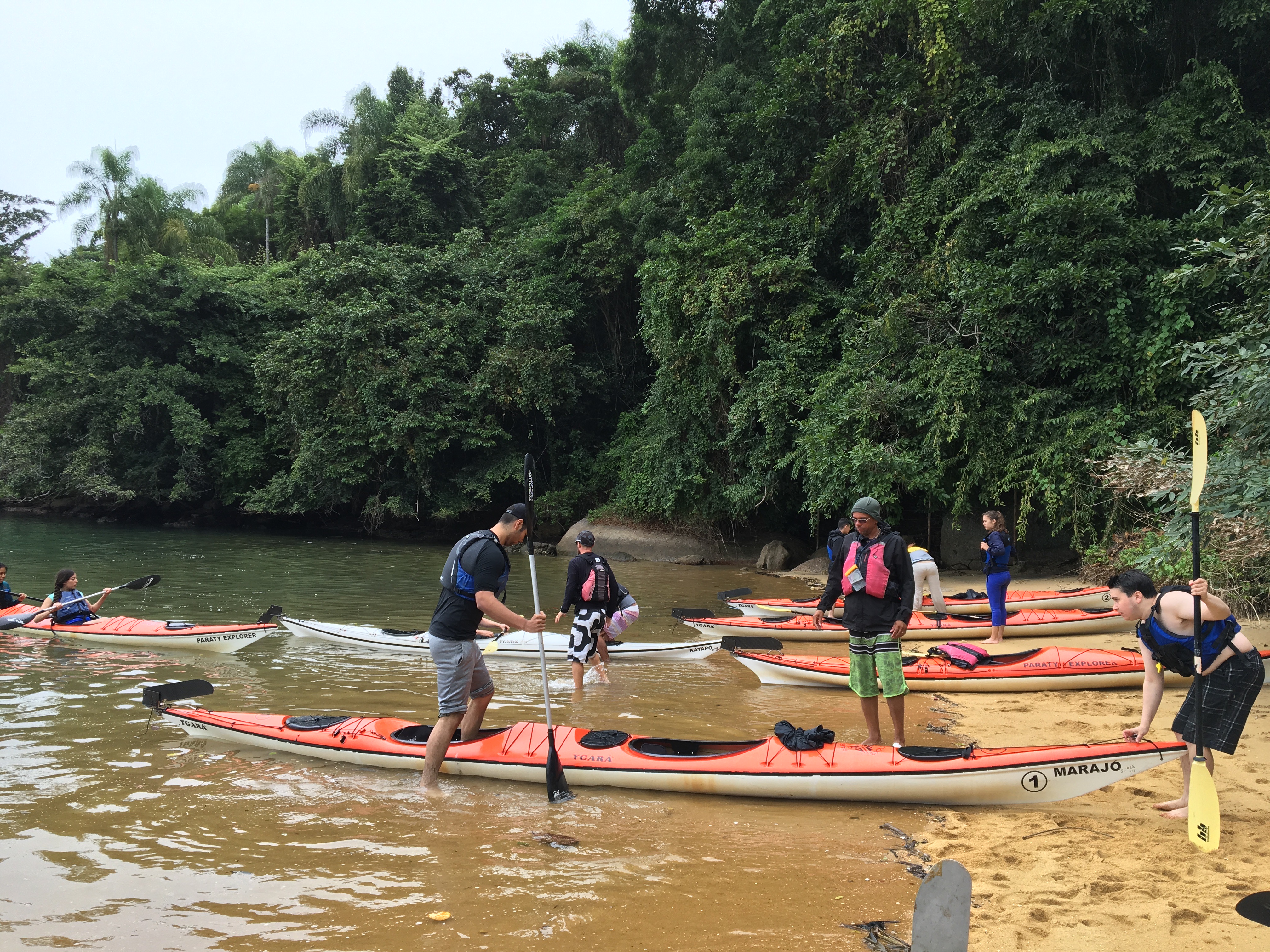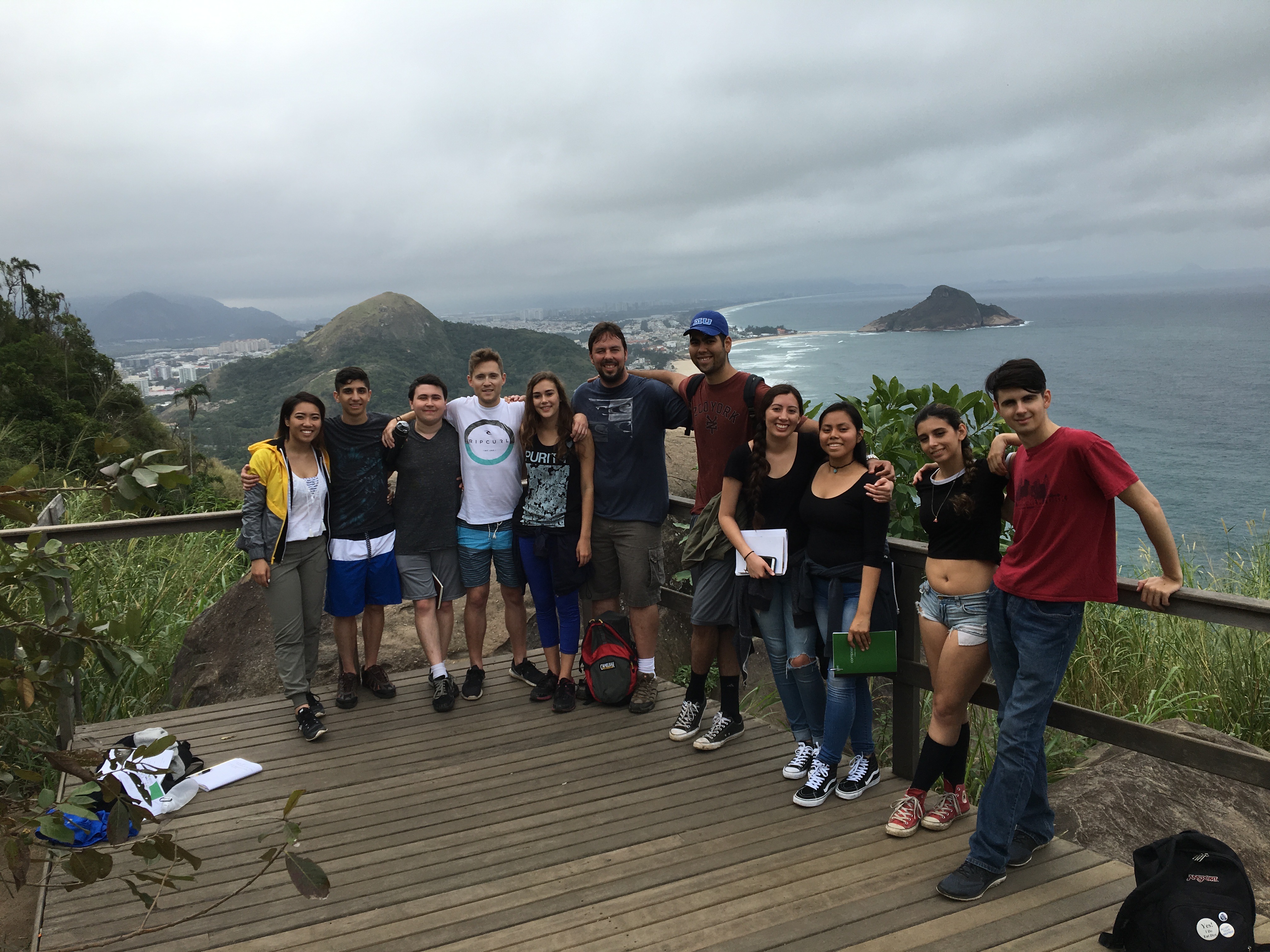We will spend 12 days in Brazil exploring the ecology of its coastal environments. Our days will be full of activities: while hiking, kayaking, snorkeling, going on boat tours, or visiting different towns, we will see and learn about the biodiversity and ecosystems of Brazil. The natural environment will be our classroom as we explore the natural history, ecology, and evolutionary history of the fauna and flora of this amazing country. All logistics, payments, and trip details are under the coordination of WorldStrides, a leading provider in study abroad services.
Departure date: Tuesday, July 28, 2020
Return date: Saturday, August 8, 2020
Itinerary Highlights:
São Paulo
2 days, 1 night
-
São Paulo Cultural Tour: We will start our tour through the main points of the city, such as the Sé Cathedral, the Japanese Neighborhood area, the Paulista Avenue area, and the neighboring region called Jardins.
-
Butantan Institute Tour: Instituto Butantan is a Brazilian biology research center located in the western part of the city of São Paulo. Instituto Butantan is considered one of the major scientific centers in the world and the largest immunobiologicals and biopharmaceuticals producer in Latin America (and one of the largest in the world). It is world-renowned for its collection of venomous snakes, as well as those of venomous lizards, spiders, insects, and scorpions. By extracting the reptiles’ and insects’ venoms, the Institute develops antivenoms and medicines against many diseases, which include tuberculosis, rabies, tetanus and diphtheria.

Ilhabela
4 days, 4 nights
-
North Island and Toca Waterfall: We will explore beach habitats on the north side of the island. Later, we will visit Toca Waterfall, one of the most well-known and traditional points of the island.
-
Northern Beaches: We will head north of the island on a schooner boat to have a panoramic view of the Ilhabela coast and the San Sebastian Canal. The first stop will be at Praia da Fome, a beach accessible only by the sea. We will also visit the beautiful Jabaquara Beach and its two freshwater streams.
-
Ilhabela State Park and Castelhanos Beach: We will visit the Castelhanos beach by driving through the rainforest of Ilhabela State Park.
-
White Water Trail: We will hike through paths leading to several crystal-clear waterfalls with pools and showers.

Paraty
3 days, 2 nights
-
Paraty Tour: Paraty is a colonial town with an 18th-century architecture that has character and originality - irregular sidewalks, thick decorated walls, and colonial houses with balconies of worked iron. The city of Paraty today is a National Historic Landmark and World Heritage Site declared by UNESCO and a natural heritage - 65% of the area of the municipality is found within the national park of Serra da Bocaina.
-
Trekking Mamanguá: Starting at Paraty Mirim Beach we will take a boat to Praia dos Cruzeiros at the Saco do Mamanguá. We will then hike an approximately 2-hour trail through the Atlantic Forest to the Peak of Mamanguá. This environment consists of the integration of different forest ecosystems, the mangrove and a laugh (fjord) tropical. With interdependent elements forming an efficient chain, the system plays an important ecological function of marine nursery. We will then walk and stop at the beach before we return by boat to Paraty Mirim.
-
Kayaking Tour: We will paddle the warm, sheltered waters of the bay of Paraty on a guided kayak trip to islands, mangroves, and beaches.

Rio de Janeiro
2 days, 2 nights
-
Prainha Beach: On the way to Rio, we will stop for a visit to Prainha Beach, where we will see the restinga ecosystem
-
Rio de Janeiro City Tour: On the following day, we start early for a tour of the city. We will board a cogwheel train to go up 710 meters to the Statue of Christ the Redeemer at the top of the Corcovado mountain. This 20-minute ride takes us away from the urban environment and into the Tijuca Forest, one of the largest secondary urban forests in the world. We will return via Santa Tereza, a bucolic residential district with narrow streets, to continue to the Sugarloaf Mountain, in the Urca district, about ten minutes from Copacabana. The cable car trip is in two stages: The first goes to Urca Hill, 220 metres high, and then a short walk to the other side leads you to the second station for the next part of the ride, up to the top of Sugarloaf Mountain itself. The top of Sugarloaf Mountain, 396 meters high, has been landscaped and provides amazing views of the city.

 icons at the top right corner of the subsection.
icons at the top right corner of the subsection.